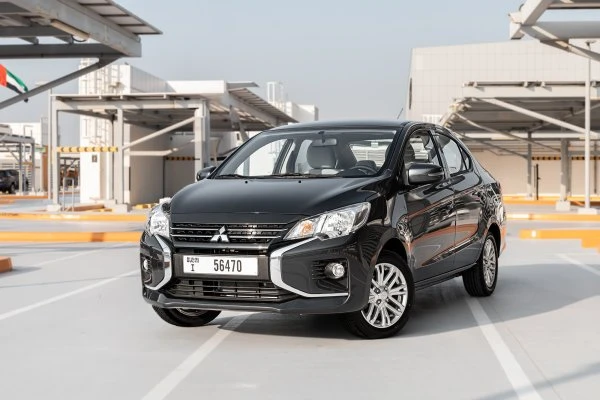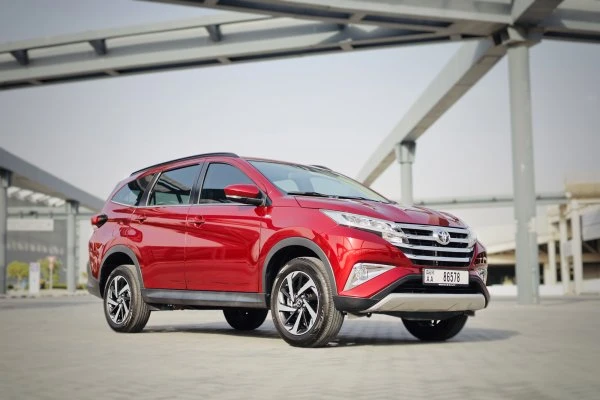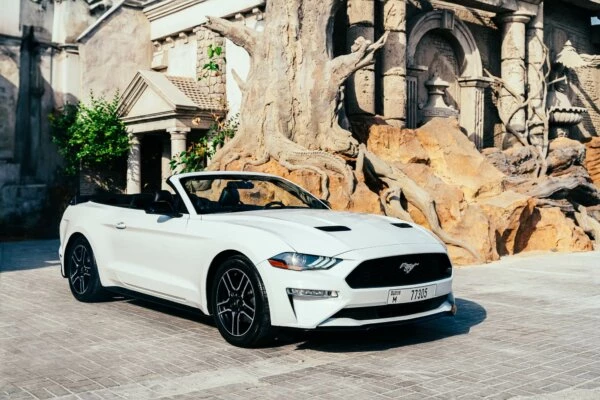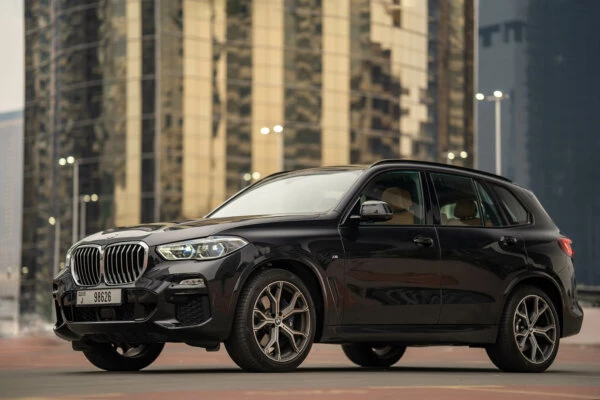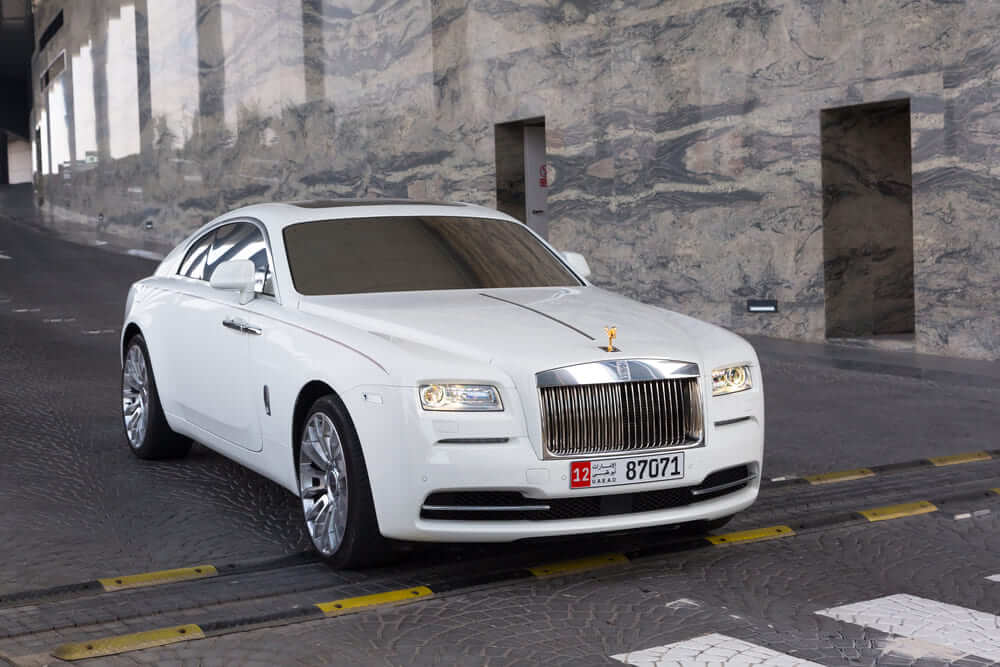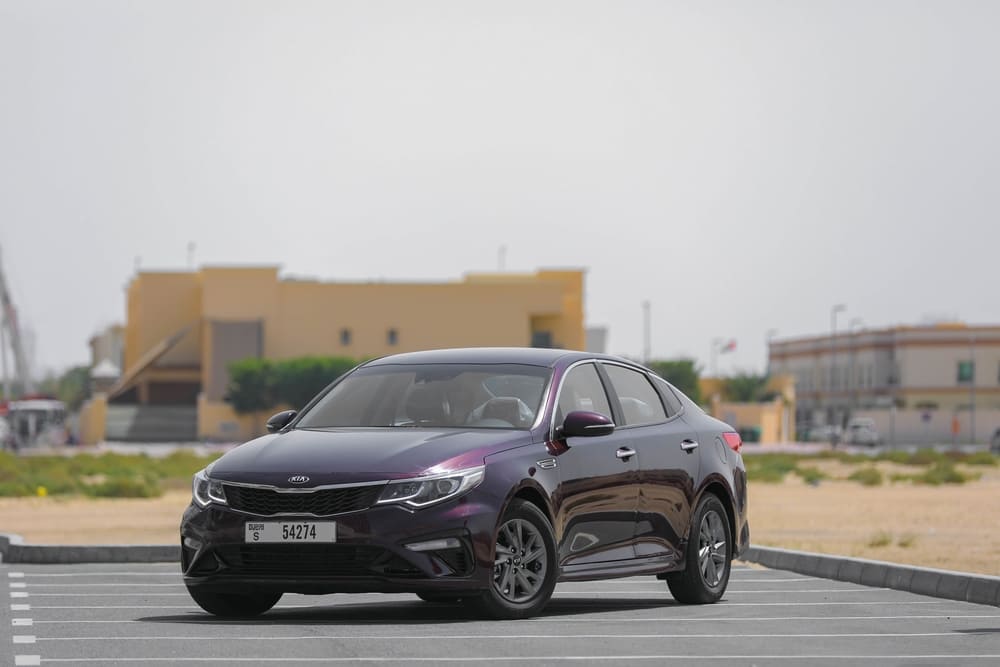- Why Are UAE Number Plates Unique?
- Types of UAE Number Plates by Color Explained
- Number Plate Formats by Emirate
- How to Register a Car Number Plate in the UAE
- Costs of UAE Number Plates in Dubai, Abu Dhabi, and Other Emirates
- How to Transfer or Replace a Number Plate Charges
- Why Invest in Special Number Plates?
- FAQ
Whether you’re a new resident, a car enthusiast, or simply want to understand how the system works, this guide offers a clear overview of the UAE’s number plate structure. In this article, we’ll:
- Analyze what makes UAE number plates unique and how to read them correctly.
- You’ll learn about the color-coded license types, how formats vary across the seven emirates, and how to recognize government, commercial, or private registrations.
- We’ll also break down categories based on plate color, design features, and number configurations.
A car number plate reveals a range of vehicle details, including the emirate of registration, ownership type, and usage category, and primarily serves as an identifier in the UAE. Each emirate has its own design and coding system, which is why plates have different colors, numbers, and one or two letters combinations, and understanding the structure of these plates is a must when buying a used car or registering a new vehicle.
Why Are UAE Number Plates Unique?
Number plates in the UAE reflect local culture, regional authority, and personal status. Each emirate has its system, resulting in distinct visual and regulatory differences throughout the country.
For instance, a car registered in Fujairah features a unique design compared to a car registered in Dubai, where more intricate plate codes and branding elements are managed under RTA regulations. These differences are not only administrative. Plates also indicate the vehicle’s category, which can be private, commercial, governmental, or diplomatic.
For example, plates use color coding and alphanumeric combinations to reflect whether an individual or a company owns a vehicle. Some numbers are even issued under special categories, e.g., temporary, export, or test plates.
The RTA number assigned to each Dubai car plate also functions as a trackable code within intelligent systems. Thus, the vehicle can be easily tracked if needed, and fines or other penalties can be issued accordingly.
Shorter, cleaner numbers (often referred to as a short plate) can be sold at auction. These are especially prized by collectors and luxury vehicle owners who want their plates to match the exclusivity of their car. To preserve this value and legitimacy, authorities consistently verify that the plate corresponds with official registration and ownership records.
In car rental, this verification is just as important. When you choose Octane Rent for car rental in Dubai, every vehicle is registered under official UAE regulations, with valid number plates fully matched to ownership and insurance records. This ensures legal compliance, transparency, and peace of mind when driving in the UAE.
In essence, UAE number plates serve as a form of regulation, a status symbol, and even a form of art. The transport authority of each emirate, along with national laws, governs all.
Types of UAE Number Plates by Color Explained
UAE number plates are color-coded to reflect the function and classification of the vehicle. The number plate design also helps law enforcement and civilians quickly understand a vehicle’s role on the road. Below are the key colors and their meaning:
- White Plate: Standard private vehicles. These are the most common plates seen across the UAE. Each plate has no more than 5 digits, and they serve as primary vehicle identifiers for privately owned cars. A single-digit plate on a white background often indicates prestige or high auction value.
- Green Plate: Commercial vehicles like taxis, delivery vans, buses, and other cars used for business.
- Red Plate: Temporary and test vehicles. Red plates are issued to vehicles with temporary registration or those undergoing tests by manufacturers and dealers. These plates are usually valid for a limited time and are strictly regulated to ensure proper usage during transport, testing, or resale.
- Blue Plate: Diplomatic missions, foreign consulates, and international organizations.
- Black Plate: Government services and civil defense. Typically seen on expensive plates issued to high-ranking officials, security forces, or emergency services, black plates indicate state ownership or jurisdiction. These are not for civilian use and often grant access to restricted zones.
Number Plate Formats by Emirate
The format of number plates in the UAE is different in each of the seven emirates, with each region governed by its transport authority.
- Number plate in Dubai: A standard Dubai number plate typically includes a one-letter code (such as A, B, or X), followed by up to five digits. The style can vary depending on the vehicle type and whether the plate is standard, commercial, or personalized. Special plate numbers are available for collectors.
- Plates like “AD 54321” in Abu Dhabi: Abu Dhabi uses a slightly different layout, placing the letters AD in front of the digits. These plates may include the UAE flag or emirate-specific logos, depending on the category and issuance year. Abu Dhabi also has dedicated formats for police, military, and diplomatic vehicles.
- Sharjah, Ajman, and others: Sharjah uses the prefix SHJ, while Ajman features AJ. The layout includes four to five digits, and like other emirates, private and commercial vehicles have visibly distinct plate backgrounds. Fujairah (FUJ), Ras Al Khaimah (RAK), and Umm Al Quwain (UAQ) follow their systems, though the overall look is harmonized across the UAE for easy recognition.
In the UAE, special number plates are a big deal. Plates with fewer digits (like 1, 2, or 99) or repeating numbers (like 11111) are often considered symbols of luxury and can fetch millions at auctions.
Special, Personalized Number Plates
Let’s dig deeper into this topic and review some facts about personalized plates:
- Single-digit plates are the rarest and most prestigious. Having this unique number plate will highlight your status.
- Auctions and resale platforms, such as Emirates Auction, offer a legal and competitive way to purchase unique items.
- The RTA often hosts official sales events, featuring exclusive deals for collectors and VIP customers.
- Buyers registering a luxury vehicle often choose a matching plate to complement their car’s exclusivity.
- Before the assignment, authorities will confirm the plate meets legal criteria, including documentation and payment validation.
- Once acquired, the plate must be reported to your car insurance provider so the new number is correctly reflected in your policy.
How to Register a Car Number Plate in the UAE
Registering a number plate is a key step in the car registration process. No matter if you’re buying a new vehicle, transferring ownership, or importing a vehicle to Dubai. The UAE has simplified procedures for residents and businesses through online portals and physical service centers.

What Documents will you need?
- Valid Emirates ID
- Proof of car ownership
- UAE driving license
- Vehicle insurance documents
- Clearance certificate (if the car is imported or pre-owned)
Registration Process:
- When registering a vehicle in Dubai, note that all vehicle plate registrations are processed through the RTA website or authorized customer service centers.
- In Abu Dhabi, the equivalent platform is TAMM, which handles most vehicle-related services.
- The rental agency usually registers rental cars, but the procedure is similar for corporate fleets.
- Registration usually lasts one year and must be renewed on time to avoid fines.
Additional Information:
- Most number plates feature a unique code based on the emirate, along with a sequence of digits and letters.
- Buyers of a unique plate will follow the same process, though additional approval or auction certificates may be required.
- For car enthusiasts, low-digit or personalized plates are often the final touch to a dream vehicle. These procedures apply to both new and used cars in Dubai.
Costs of UAE Number Plates in Dubai, Abu Dhabi, and Other Emirates
Below is a breakdown of the number plate cost.
Standard Number Plates:
- Vehicle registration fee: AED 420-600, depending on the emirate
- Standard plate printing: AED 35-50
- Logo plate or short plate: AED 200-500 extra
- Inspection and admin fees: AED 170-200
- Annual renewal: ~AED 350
Plates often cost more when registering luxury cars or choosing customized formats.
Custom and Special Plates:
- Personalized (new or used) plates: from AED 1,000 to AED 10,000
- Unique plate with fewer digits or preferred letters: AED 3,000+
- Single-digit plates auctioned at prices over AED 1 million
Yearly Charges and Fines:
- Fine for damaged or unclear plates: AED 400
- Annual charges apply in some emirates for maintaining special plate numbers.
Prices vary across the UAE, with Dubai and Abu Dhabi being the most expensive. Some number plates feature logos or unique fonts approved by the RTA.
How to Transfer or Replace a Number Plate Charges
When selling your car or switching to a new one, you can request to transfer your number plate. In the UAE, number plates are often considered personal assets, especially when they are custom or valuable.
- Transfer fee: Around AED 120-500, depending on emirate and plate type
- The cost of the plates may increase if you’re moving a custom or single-digit plate to a different vehicle.
- Number plate charges also apply if your new car has a different registration category.
If your car plate is damaged or missing, it must be replaced immediately.
To file a lost item certificate, use the Dubai Police app or website before applying for a replacement through RTA or other local authorities.
In most emirates, you can also transfer an existing number plate to a new or used vehicle, as long as ownership and registration are valid and fees are paid.
Why Invest in Special Number Plates?
As we have already mentioned, in the UAE, vehicle number plates are a symbol of prestige, and for many, owning a plate is important to show their status and success.
- Rare plates often appear in number plate auctions, where collectors and car enthusiasts bid high to secure standout identifiers.
- At RTA auctions, some plates have sold for tens of millions of dirhams, like the famous single-digit “1” or repeating-number plates.
- The price of a number plate can appreciate significantly over time, making it a unique form of investment. Whether you’re driving a luxury vehicle or you’re behind the wheel of an economy car, plate ownership in the UAE can carry meaning beyond simple identification.


